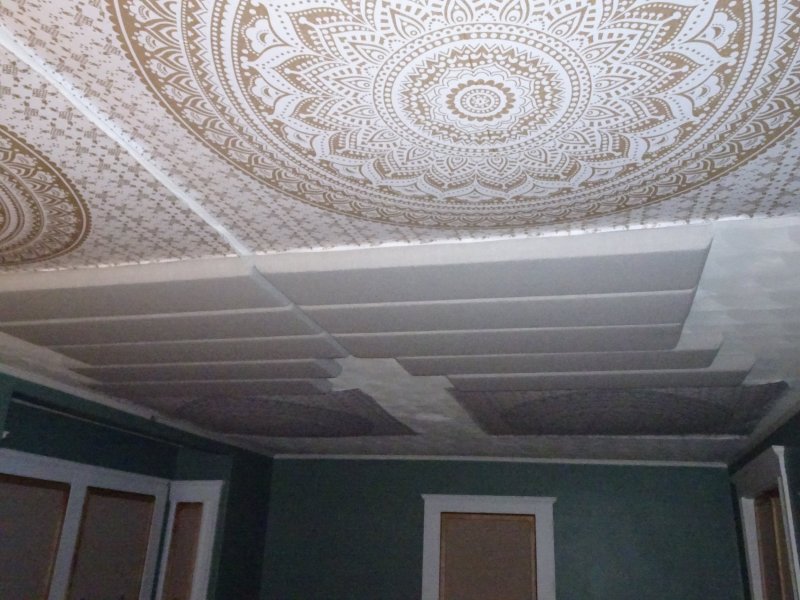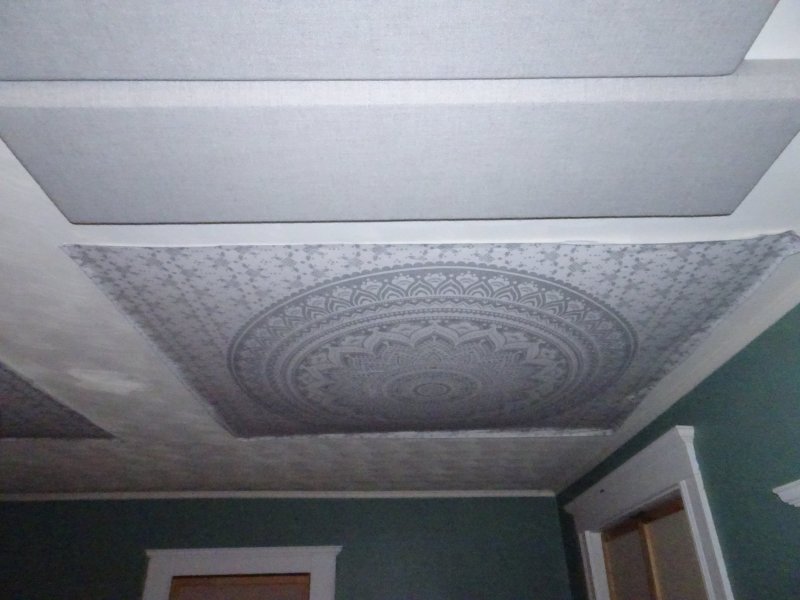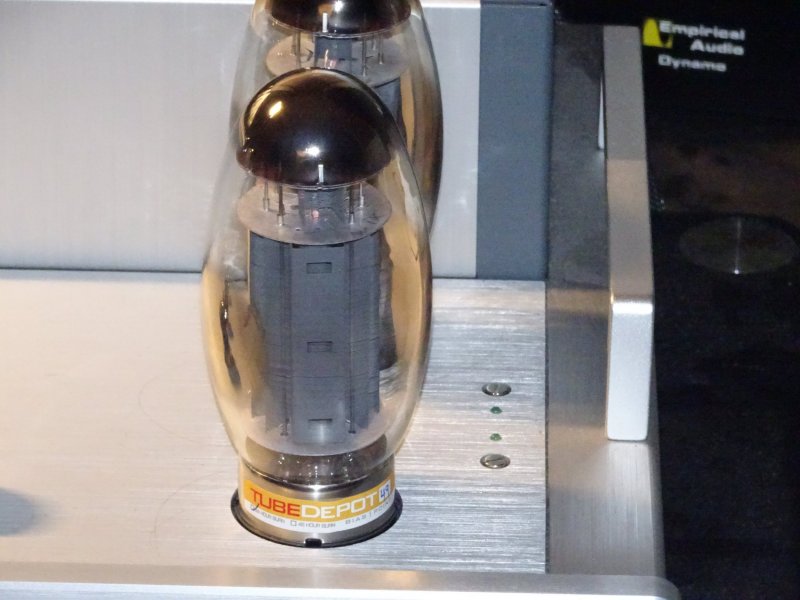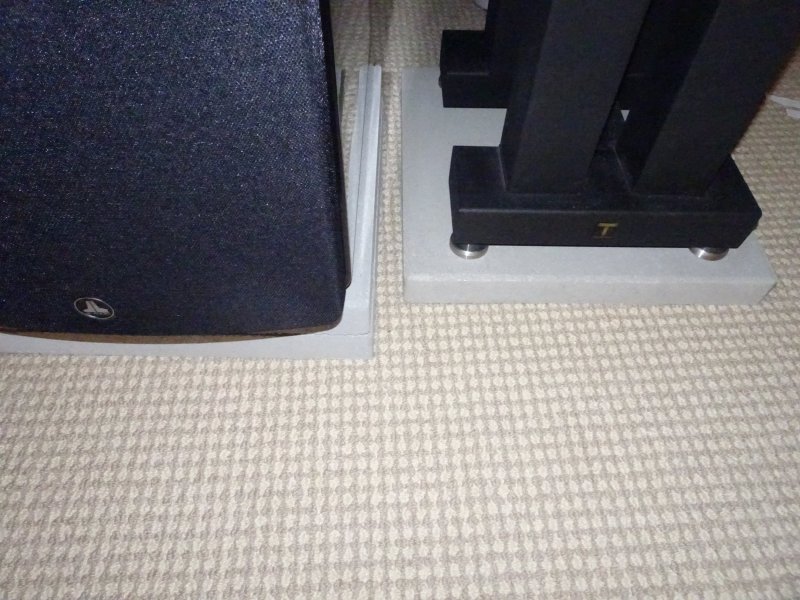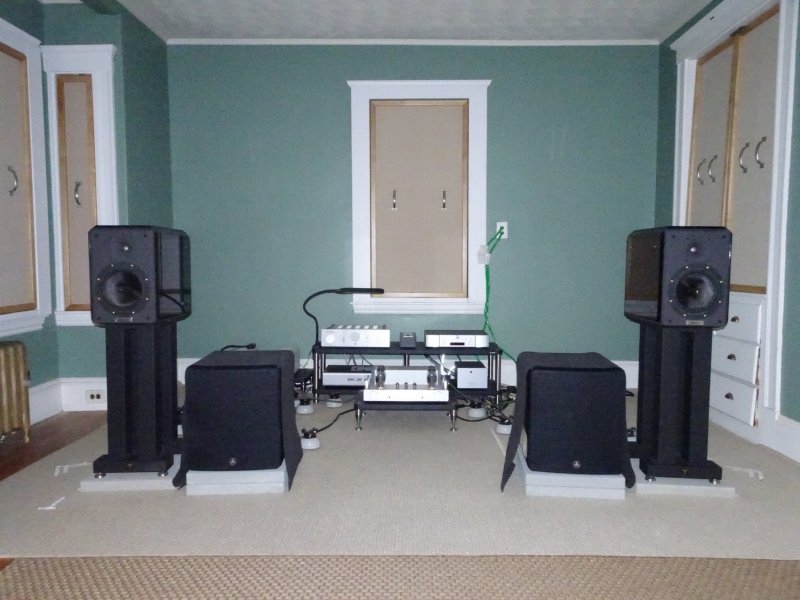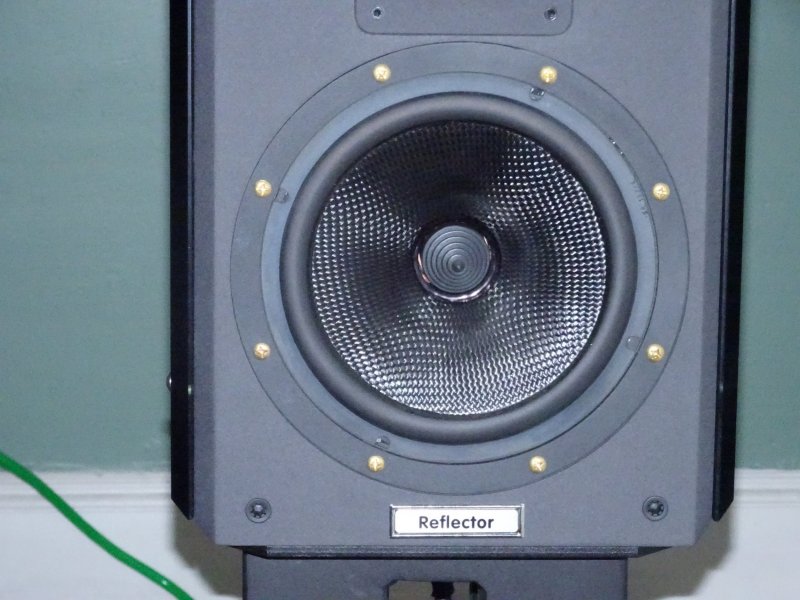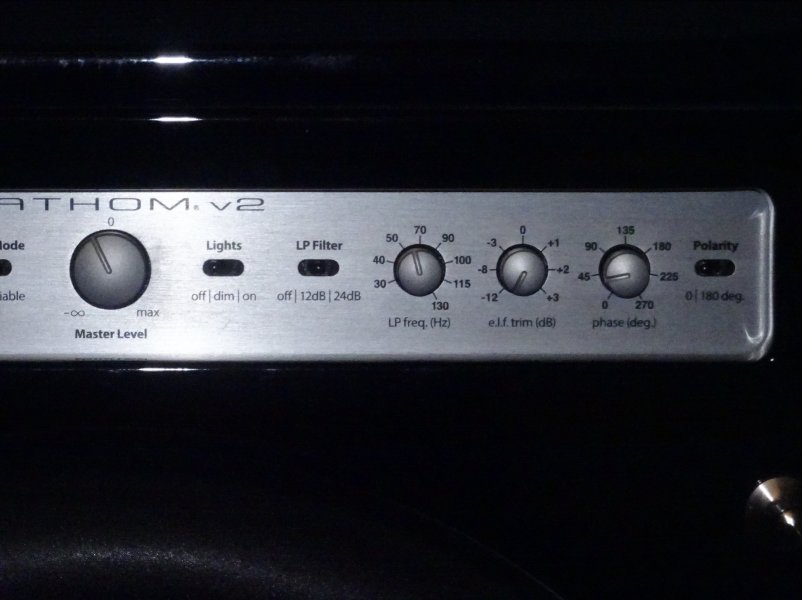(cont.)
Some skeptics may say that the real source for distortions could be the digital. I know that this is not the case. Ian (Madfloyd) has the same DAC, and even before the modifications addressing reduction of electronic noise that he applied to his unit it had sounded free of distortion in his room, which has a much more benign behavior than mine when it comes to lack of reflection-induced distortion.
I had thought it could be stress on the two-way speakers at high volumes. Yet experience with all improvements in room and system taught me each time that the speakers themselves turned out to be much more capable of low-distortion reproduction than I had anticipated. This in turn has made me more confident that I have not reached the limits yet of what the speakers inherently are capable of.
***
All these considerations aside, now for example the reproduction of Art Pepper + Eleven has lost so much harshness at high volume that I can now just enjoy the playing and great dynamics without much noticing any unpleasant side effects anymore.
What is obvious though is yet another improvement in timbre. Better timbre has always accompanied any improvements in acoustics and reduction in HF distortion, starting at the latest last summer with the move of the subwoofers from the front wall to their current position next to the speakers.
Art Pepper’s alto sax has a fuller tone, and the tone of the brass ensemble has yet taken another noticeable step from ‘traces of whitish’ to ‘all around golden’. While the transients on the alto sax are still sudden and hard, the ones on the brass ensemble are much softer and rounder, perhaps even more than before, a nice contrast. Yet another sign, as on many other recordings, that the system is not a one-trick pony when it comes to transients, but is able to give individual treatment to different instruments or instrument groups (and in general to different recordings).
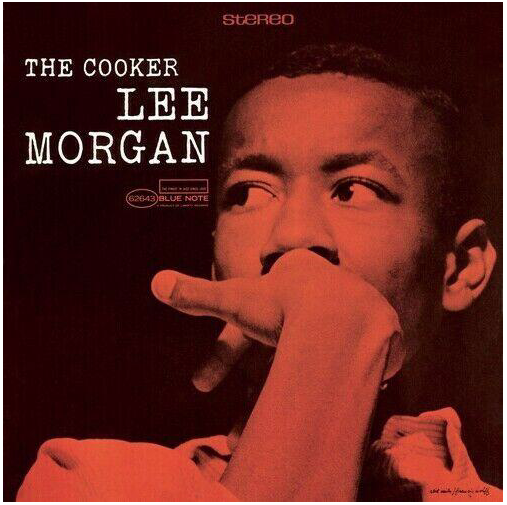
Transient behavior has also changed on passages of Lee Morgan’s The Cooker. While Pepper Adams’ baritone sax towards the beginning on the opener “A Night in Tunesia”, correctly in my view, still sounds with hard transients at the starts of its brief circular figures, coming from the emphatic blowing into the instrument, the transients towards the beginning of the baritone sax solo around 3 minutes into “Lover Man” have changed. They were still relatively hard before, while in Ian’s system they had sounded much softer and rounder, as I found realistic on this type of music. Now they also sound softer in my system, even though not yet with the nice “buttery” tone that I hear in Ian’s system.
Overall, the change in sound by painting over the reflective surface of the shutters in the back of the room is very welcome. Yet another significant step forward. Now I know I should have done this way earlier. I looked up in my Amazon file that I had ordered the paint and brushes already in March this year. Yikes. What took me so long to do the job? I feel like an idiot. Well, better late than never!
I still have another change planned, this time for my ceiling. I will hopefully get to it within a few days.
Some skeptics may say that the real source for distortions could be the digital. I know that this is not the case. Ian (Madfloyd) has the same DAC, and even before the modifications addressing reduction of electronic noise that he applied to his unit it had sounded free of distortion in his room, which has a much more benign behavior than mine when it comes to lack of reflection-induced distortion.
I had thought it could be stress on the two-way speakers at high volumes. Yet experience with all improvements in room and system taught me each time that the speakers themselves turned out to be much more capable of low-distortion reproduction than I had anticipated. This in turn has made me more confident that I have not reached the limits yet of what the speakers inherently are capable of.
***
All these considerations aside, now for example the reproduction of Art Pepper + Eleven has lost so much harshness at high volume that I can now just enjoy the playing and great dynamics without much noticing any unpleasant side effects anymore.
What is obvious though is yet another improvement in timbre. Better timbre has always accompanied any improvements in acoustics and reduction in HF distortion, starting at the latest last summer with the move of the subwoofers from the front wall to their current position next to the speakers.
Art Pepper’s alto sax has a fuller tone, and the tone of the brass ensemble has yet taken another noticeable step from ‘traces of whitish’ to ‘all around golden’. While the transients on the alto sax are still sudden and hard, the ones on the brass ensemble are much softer and rounder, perhaps even more than before, a nice contrast. Yet another sign, as on many other recordings, that the system is not a one-trick pony when it comes to transients, but is able to give individual treatment to different instruments or instrument groups (and in general to different recordings).

Transient behavior has also changed on passages of Lee Morgan’s The Cooker. While Pepper Adams’ baritone sax towards the beginning on the opener “A Night in Tunesia”, correctly in my view, still sounds with hard transients at the starts of its brief circular figures, coming from the emphatic blowing into the instrument, the transients towards the beginning of the baritone sax solo around 3 minutes into “Lover Man” have changed. They were still relatively hard before, while in Ian’s system they had sounded much softer and rounder, as I found realistic on this type of music. Now they also sound softer in my system, even though not yet with the nice “buttery” tone that I hear in Ian’s system.
Overall, the change in sound by painting over the reflective surface of the shutters in the back of the room is very welcome. Yet another significant step forward. Now I know I should have done this way earlier. I looked up in my Amazon file that I had ordered the paint and brushes already in March this year. Yikes. What took me so long to do the job? I feel like an idiot. Well, better late than never!
I still have another change planned, this time for my ceiling. I will hopefully get to it within a few days.


